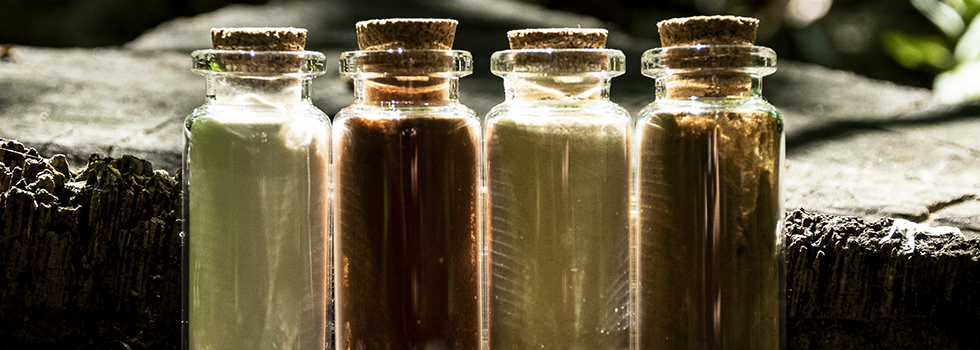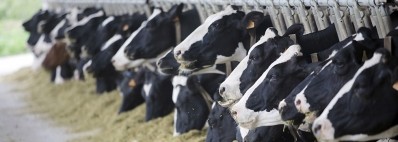Promotional Features
Present and future feeding challenges: Natural options for optimizing poultry production costs
The consumption of meat and other animal derived products have increasingly been influenced by the ever-changing preferences of consumers worldwide and recent upheavals in the supply and costs of feed inputs.
This trend is even more evident in the production of poultry meat and eggs, which are among the world’s most widely consumed animal proteins.
Cost management and feed efficiency are considered crucial profitability drivers for modern poultry production. The cost of feed accounts for almost 70 per cent of production cost. Therefore, the rising prices due to uncertain supply of feed ingredients, as well as the extremely volatile markets, are causing a high level of insecurity.
The poultry producer can better manage today’s market variability by focusing on optimizing feed costs, their most important cost input.
But how can a producer turn the table to understand what a feed recipe is worth? First by calculating the value from the research and then determining the return on investment (ROI). The ROI of ingredients and feed additives based on research is calculated keeping in mind desired market goals.
The lowest priced formula is not necessarily the best solution. Performance (kg. of protein produced consistently) is a key economic driver. However, other important factors which impact a successful feeding strategy, i.e., food safety, animal and worker welfare, sustainability and the environment also play a role in the milieu of today’s market.
In the below interview we asked E. Ernest M. Pierson, PhD, a well travelled and experienced expert in animal nutrition production and product development, how, from his experience, can feed formulations reflect the multiple pressures any feed producer, premixer, integrator or nutritionist is facing nowadays, including cost of raw material, logistic barriers, political crisis and need for sustainable solutions.
In these extremely uncertain times, what can be done to improve efficacy and save margin?
Typically, during periods of high feed prices, meat prices are strong. Since feed costs will be up, that part of the production equation will be under scrutiny. However, since selling prices will tend to be strong, margin will be important. Industry nutritionists will be asked to reduce costs by eliminating "unnecessary" feed additives (DFM, prebiotics, essential oils, bioactives).
A strong economic justification for their use will be needed. Good flock uniformity is a constant requirement, however, measuring and quantifying this in live production can be a challenge.
As meat prices likely will continue to be strong for the short and medium term, feed additives that can contribute to differentiation in the supermarket add value and contribute to adjectives such as organic, antibiotic free, pasture raised, sustainably produced, etc. before the product name on the label will have an advantage. An increase in demand will focus on feed additives that favourably impact feed costs, improve flock uniformity, reduce risk of food borne pathogens, give better food safety, contribute to sustainability/environmental responsibility, better animal and worker welfare, and impact supermarket product differentiation.
An improved environment and better animal welfare in the broiler, pig, or layer house, dairy barn, or feedlot will mean better performance and more profit. For example, in broiler production, an improved house environment resulting in more sellable paws will increase revenue. For chickens producing eggs for meat and egg production, cleaner eggs will mean more settable eggs and better-quality chicks to the broiler producer, and more sellable eggs with less risk of bacterial contamination to the egg producer.
In your experience, what role can plant bioactives such as tannins and saponins have in this scenario?
Bioactives extracted from the Italian Chestnut and Argentine Quebracho trees have been shown to have a number of beneficial effects in commercial production of poultry.
Redondo et al., 2018 reported that the addition of Silvafeed Nutri P, a combination of these plant bioactives, "improved intestinal health and increased the production efficiency factor (in broilers) suggesting that that addition of this specific blend can be an alternative for a healthy and sustainable poultry production." Another publication from Redondo et al. (2022) highlighted that "AGPs can be replaced by Silvafeed Nutri P, which contributes in the implementation of antimicrobial-free programs in broilers without affecting health or performance."
These results derive from a one-year field trial conducted with a large Argentine integrated producer. A total of 750,000 birds were evaluated in a 6 house (20,0000 birds/house) side-by-side comparison of two treatments (3 houses each feeding the field diet containing either antibiotic growth promotants - AGPs, or, a combination of Silvafeed Nutri P plant bioactives.
A 2020 field trial with an integrated U.S. broiler producer assessed the efficacy of the same plant bioactives in a different environment and dietary supplementation. The usual field diet for broilers to 33 days of age was compared with the Silvafeed Nutri P blend of biologically active compounds over-the-top in that diet. Their feeding resulted in an ~2% improvement in feed conversion with a comparable body weight. This improvement in feed conversion and subsequent reduction in feed cost/kg of meat was worth about USD 331,509 in a complex producing 1,000,000 birds/week with birds marketed at an average weight of 1.77 kg.
Environmental sustainability is certainly in the spotlight. How can it be addressed?
It is worth noting that the invasion of the Ukraine has resulted in a shortage of synthetic fertilizer which has led to increased demand for manure and increased prices. Producers will need to pay more attention to this in order to obtain the best price for this resource. Products that contribute to a better environment for the animal and caretaker, reduce greenhouse gases, reduce the risk of antibiotic resistance, in addition to providing a more valuable fertilizer will have an advantage.
Sustainability has become a more important factor on the reduction of animal protein. There is no doubt that livestock production has an impact on our planet in terms of greenhouse gases emissions. Therefore, sustainability and environmental stewardship are paramount aspects to take care of, especially now that legislation and governmental initiatives are committed to find practical solutions in the short term. And Silvafeed Nutri P has proved to be an effective feed additive in this sense.
Commercial laying hens supplemented with Silvafeed Nutri P in a 120/day commercial trial produced drier excreta (+5.9% of DM on average), with less total nitrogen (-10.8%) and less ammonia nitrogen (-25.6% on NH4+-N) in comparison with the standard farm diet. The result in terms of gas emissions from the dry excreta was excellent, highlighting a great reduction of ammonia (-32% NH3).
Empowering a gift of nature
The Silvateam Animal Nutrition product portfolio, marketed under the Silvafeed brand, includes all natural solutions based on chestnut and quebracho tannins, saponins, polyphenols and pectins. These sustainably produced plant bioactives over the years have shown to contribute to improving productive efficiency while aiding the producer to get more from less.
Although ever present in the diets of foraging animals, the value of these natural compounds was lost due modern production systems. Silvateam’s mission is to re-introduce them in the feed and show how to maximise their multiple benefits during the daily life of any livestock species.



